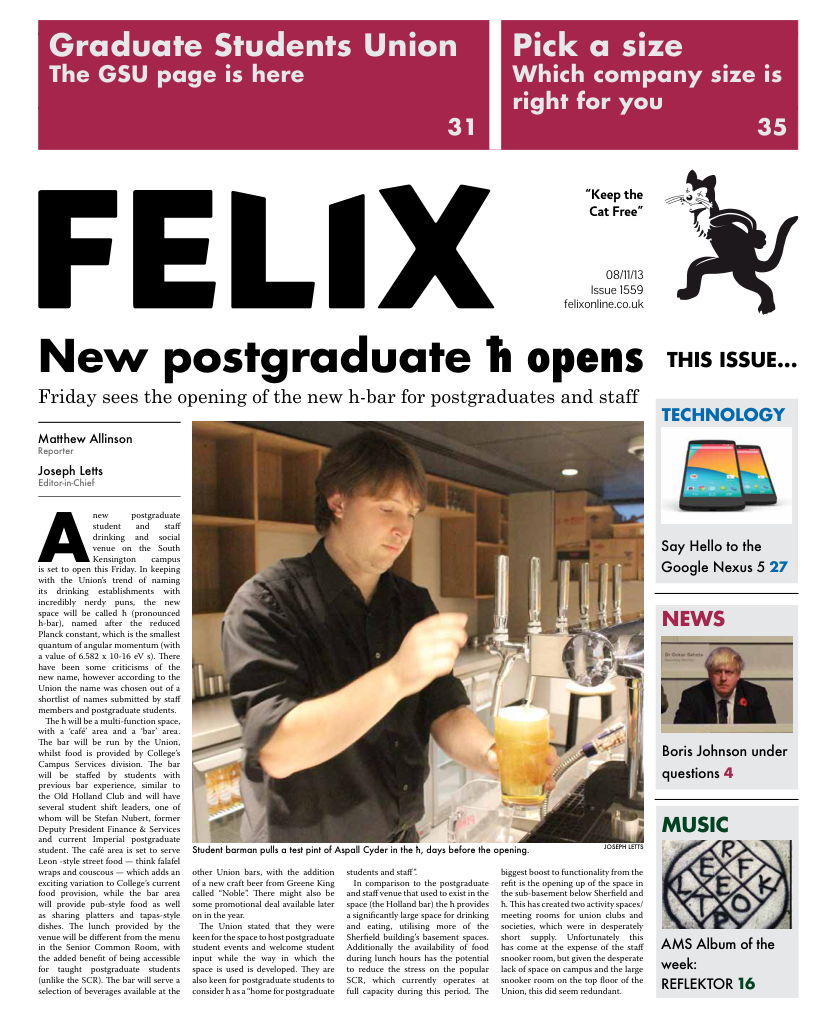British Museum strikes gold with Beyond El Dorado
What: Beyond El Dorado: Power and Gold In Ancient Columbia Where: The British Museum, WC1 When: Until 23rd March 2014 Price: £7 students, £9 adults
High in the Andean jungle, to the sound of drums, flutes and trumpets, ‘El Dorado’, the golden one, the future king of the Muisca tribe, prepares to dive into sacred Lake Guatavita. Covered from head to toe in gold dust, he tosses emeralds into the water below as an offering to the ethereal spirits that reside in everyone and everything. It was witnessing ceremonies like this that prompted early Spanish explorers to speak of a land so rich in gold that their cities were almost dripping with it. Even now, the idea of El Dorado conjures up images in the minds of most Europeans of some mythical city of gold, deep in the South American rainforest - proof of how deeply this myth has infiltrated our notions of this magical land. This mythical ritual was only one of many that occurred amongst the pre-Hispanic tribes of ancient Colombia. The Beyond El Dorado exhibition at the British museum sets out to decipher this El Dorado legend and, as the title suggests, go beyond this to uncover the truth behind the amazingly complex spiritual worlds of these tribes. Through extensive new archaeological research, viewers gain a clearer picture of civilisations, previously only known about through the journals of colonisers, looking to make it big in this land of wealth and opportunity. The exhibition brings together pieces from all of the ancient Colombian kingdoms in a broad display of artistic majesty and sophistication not evident anywhere else in the pre-colonial Americas. Their ability to manipulate gold through advanced casting and hammering processes into divine pieces of art is unquestionable, even just by looking at the remaining artifacts not melted down and taken back to Spain by gluttonous conquistadors. The way that gold doesn’t tarnish and is effectively ageless can make the material seem oddly impersonal, inexpressive and monotonous. Moreover, it can feel over-extravagant and emotionally detached, especially when not in motion. Unless it is animated, glistening, you do not get the same effect of power and transcendence. However, the gold in this exhibition is suitably dispersed amongst a wide array of ceramic and jewellery pieces, keeping it interesting and giving a more varied picture of the technical skill of these vibrant agrarian societies. In 1499, when the Spanish arrived on the shores of Colombia, they found a people rich in resources beyond their wildest dreams. However, gold was not seen as an economic commodity amongst these peoples. It was a highly spiritual material, with all the power and energy of the sun, turning anyone who wore it into a living deity. Its magic enabled spiritual transformations that converted shaman into birds, jaguars or other powerful creatures. Music, dance and hallucinogens heightened them into a trance-like state where they gained the abilities of these animals – knowledge, strength, speed – all of which could help their communities in war or if struck by disease. They even wore gold helmets in battles; completely inept at stopping an arrow but, with all the power that channeled through them, the warriors who wore them believed they were invincible with the whole cosmos on their side. Transformation played a large part in the lives of these tribes. Their art consistently shows humans in the process of metamorphosis, with whiskers or snake scales, and they often practiced body painting or scarification to create further modification. These ceremonials aimed to blur the lines between spiritual and worldly power, making chiefs into demi-gods that the people idolised and worshipped. Tumbaga, an alloy of gold and silver, was the material mainly used to create their ornamentation and also had spiritual meaning as well as practical benefits. As well as being stronger than pure gold, tumbaga represented a union of gold, imbibed with the sun’s energy, and silver’s luminescent quality represents the power and majesty of the moon. By combining the two, the universe was united and art made from it had a heavenly aura like nothing else. Beyond El Dorado represents a rediscovery of the intricate societies, which, up until now, had been largely ignored by European history. It was as if they were the new Spanish conquistadors returning from a far flung land, with new artifacts set to dazzle and delight. The exhibition felt unique, exciting and extremely comprehensive, just as one would expect from the British Museum. I do wish, however, there was more anthropological research done into these tribes as opposed to purely archaeological, as it would contextualize what I was seeing much more. To be able to see videos of modern tribes performing rituals with full body art and decoration would have just added the little extra sparkle that this golden exhibition was missing.





